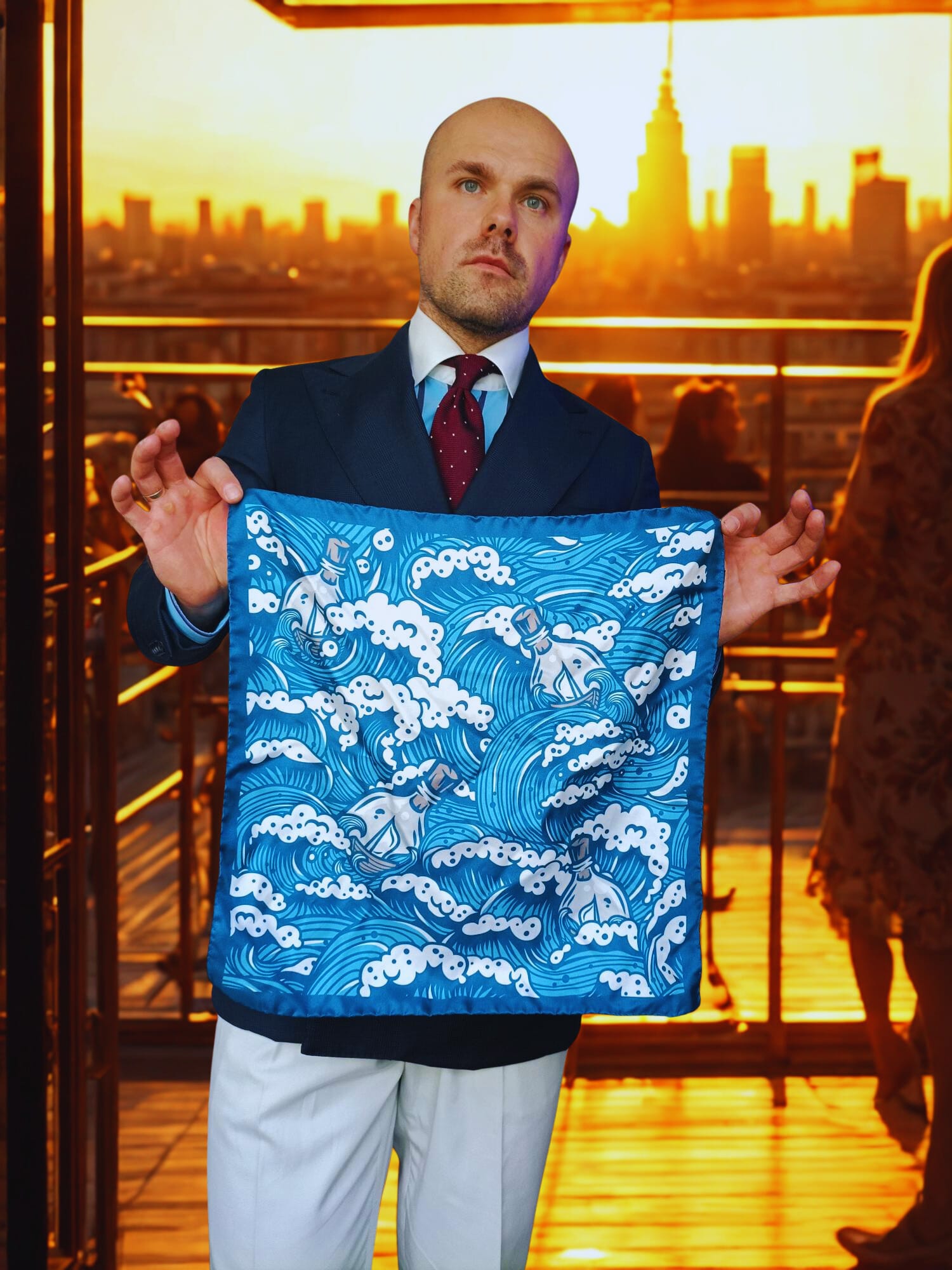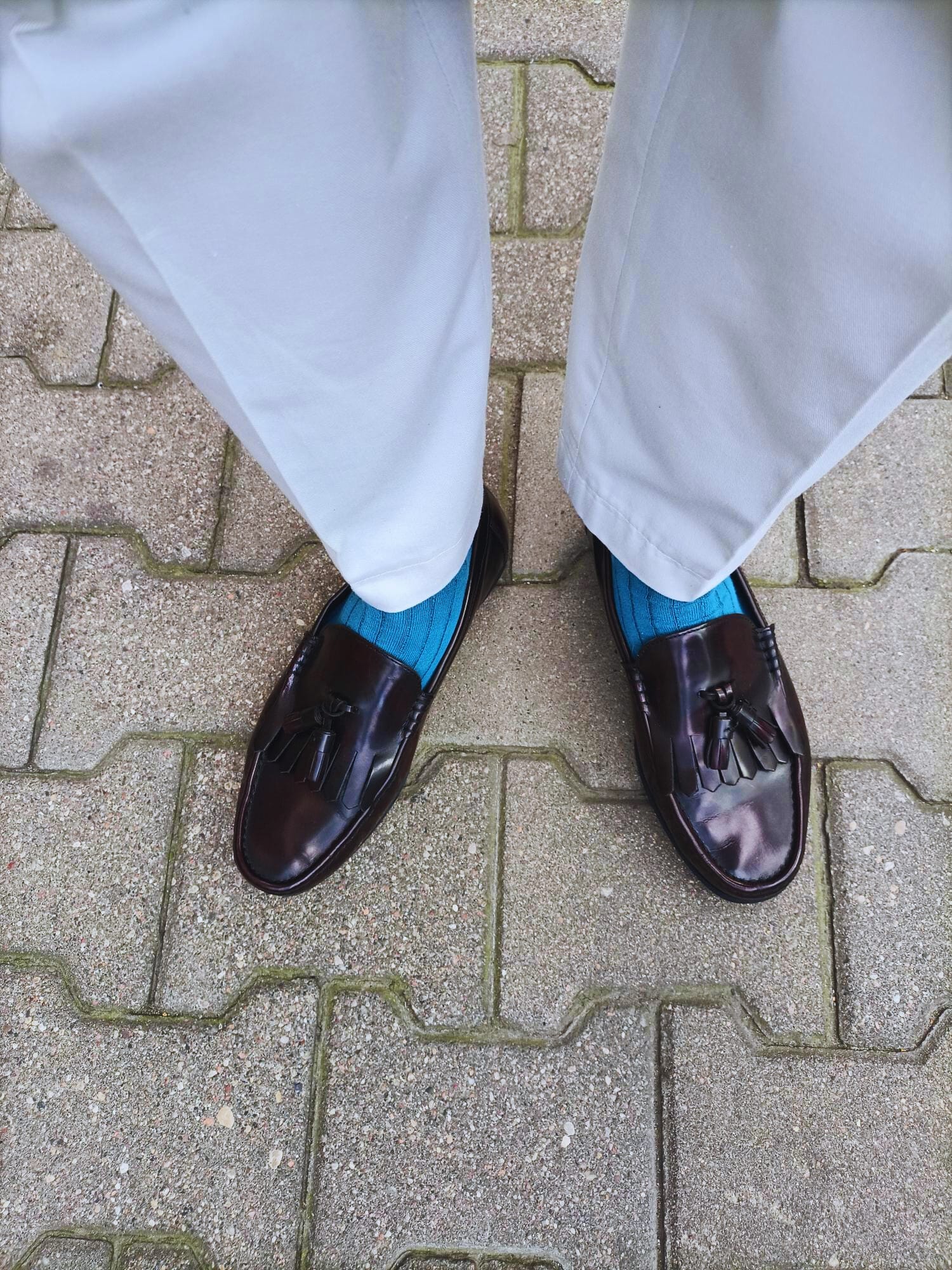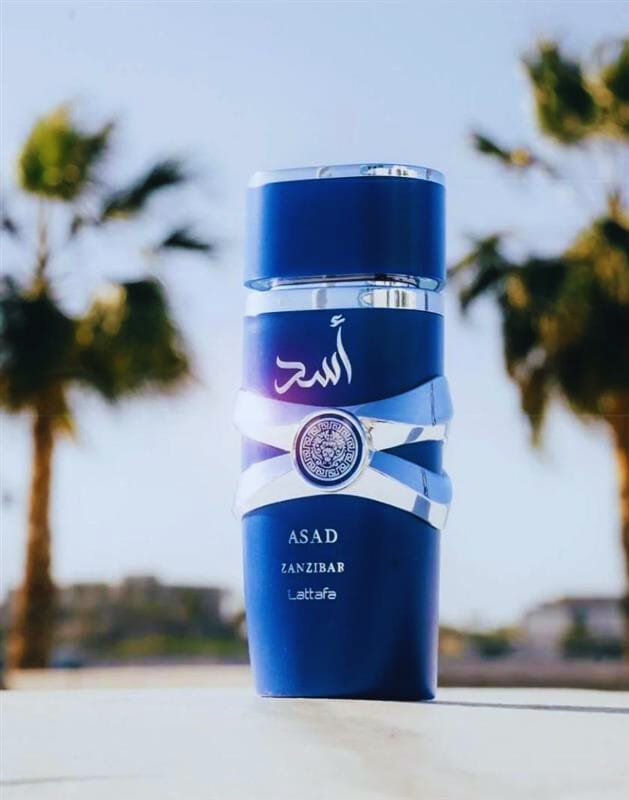The Bold Stripe: Why Statement Shirts Work Best When Hinted, Not Shouted
Some garments demand attention; the bold striped shirt is one of them.

Some garments speak softly; others insist on being heard. The bold striped shirt belongs to the second camp. Vertical lines in saturated hues march down the fabric like brushstrokes escaped from a canvas — a child of the 80s and 90s, when fashion had the audacity to announce: I exist, and you will take notice.
I own several of these shirts, and my affection for them hasn’t faded. Yet with time I’ve realized that their power is not in endless exposure but in the whisper of restraint. Left on their own, they can dominate the room. But hidden beneath a double-breasted jacket, they become something else entirely — a secret hinted at, not shouted. A fragment of rebellion peeking from behind sober wool, like a jazz riff slipping into a classical symphony.
The Italians of the 80s would have called it sprezzatura: the art of seeming effortless while being anything but. Houses like Etro and Versace treated stripes as playthings, improvising with color like musicians improvising with sound. Across the Atlantic, Wall Street traders adopted the same shirts, not for art but for power. Stripes became their armor, an aesthetic of loudness that declared confidence even when it wasn’t earned. Two worlds, one fabric, both united by a refusal to fade into the background.

To wear such a shirt today is not nostalgia; it is dialogue. It is acknowledging that boldness without balance becomes chaos, and that restraint without boldness becomes monotony. The double-breasted jacket, the plain trouser, the quiet loafer — they are the steady frame. Within that frame, the stripes can breathe without drowning the wearer.
But let’s not reduce this to rules. Clothes are never just about style; they are about people. These shirts take me back to my younger self, when I mixed and matched with reckless abandon, sometimes achieving brilliance, sometimes comedy. They remind me of that restless desire to test limits. Over time, I have come to learn that harmony, not noise, is what lasts.
In the end, the bold stripe is less a pattern than a metaphor. It is a truth best revealed in fragments, not hurled in its entirety. A suggestion of personality, not a manifesto. A glimpse that invites imagination rather than a declaration that leaves nothing unsaid.
And perhaps that is the lesson beyond fabric and fashion: in life, as in dress, the most enduring statements are not always the loudest. Sometimes the most powerful thing you can do is let people see only part of the story — and leave space for them to wonder about the rest.







